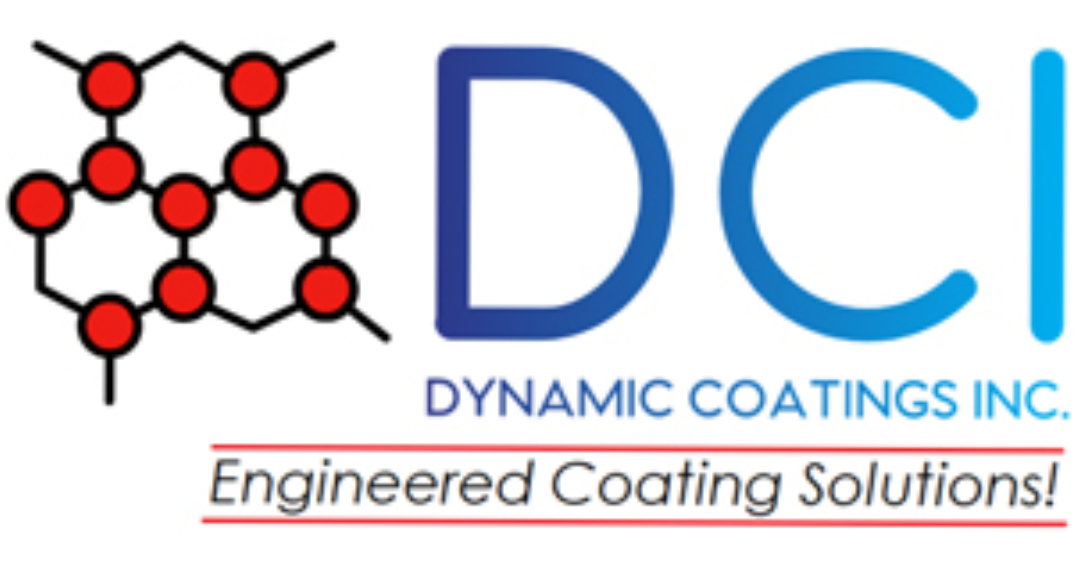Coatings and Clamp Load
When a bolt is tightened into a mating threaded part, the two components interact by pulling each other together. This force is called clamp load and is what keeps the joint from coming apart. Provided that the force pulling it together is greater than the outside forces (service loads) that are trying to pull it apart, no problem will result with the attachment. Unfortunately, friction plays a large part in this system. Of the 100% of torque applied to fasteners to pull them together, 50% is lost in underhead bearing face friction and 40% is lost through friction between the mating threads. This leaves about 10% of the torque applied to actually pull the parts up to the required clamp load. The fastener’s finish has a greater influence on tension than any other factor. Depending upon the coefficient of friction of the finish on the fastener, clamp load differences of more than 150% are possible on the same part. As Figure I (below) shows, a decrease of 10% in friction would decrease the underhead friction about five% and the thread friction about two%. While this does not seem like much, the decrease adds 70% more to the clamp load required.
 The addition of a lubricant or oil to a coating to improve the fastener’s corrosion resistance also lowers thread and bearing face friction. This is the most common unauthorized addition. Usually it is done by a verbal request from the customer’s assembly plant (and without the engineering department’s knowledge), because the assembly line feels that the parts are too dry, rough or hard to assemble.
The addition of a lubricant or oil to a coating to improve the fastener’s corrosion resistance also lowers thread and bearing face friction. This is the most common unauthorized addition. Usually it is done by a verbal request from the customer’s assembly plant (and without the engineering department’s knowledge), because the assembly line feels that the parts are too dry, rough or hard to assemble.
In the modern and complex world of fasteners, the customer will often not know just what coating or finish he needs for a part and will solicit information from the finishing source. One of the first questions that should be asked is, “What is the intended end use for this part?” Critical attachments (brakes, steering, suspension) require that the customer have some actual joint testing performed and know what finish was on the validated parts. The finish should not be changed without re-validation. Non-critical attachments could be left to the finisher’s experience, cost considerations or other factors besides torque-tension relationships. Generally, electroplated finishes with minimum salt spray hours are fine for non-critical areas and areas not subjected to cut extremes. Many of the new dip/spin organics offer high hours to corrosion failure but fill up threads and cause gauging problems. Their thickly deposited coatings interfere with torque tension as well. However, many do have low coefficients of friction and are usable with proper testing on undersized parts.
References: Cf of Fastener Finishes by Tom Doppke (Product Finishing archives)
